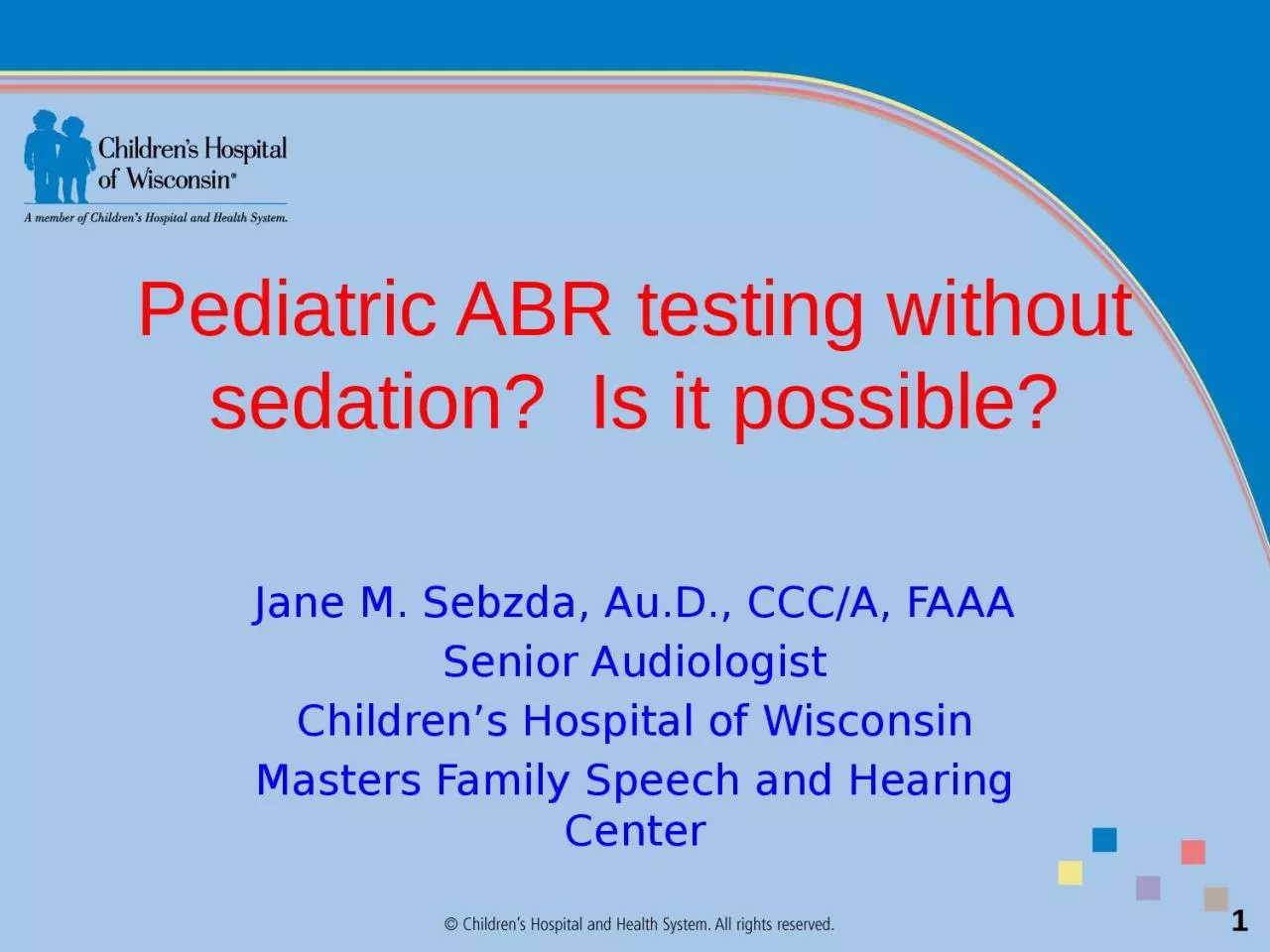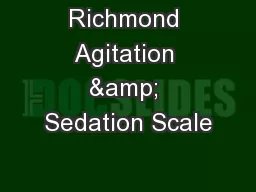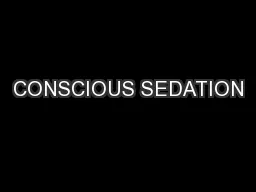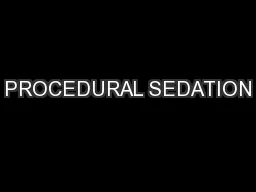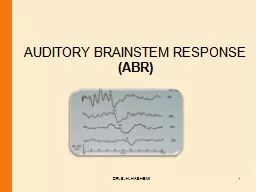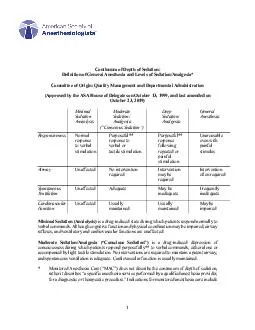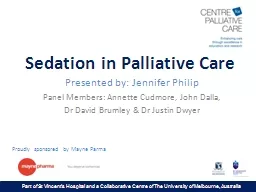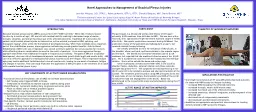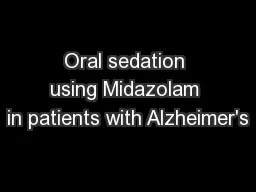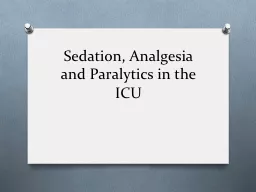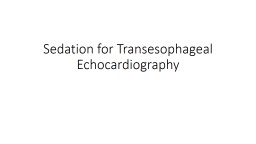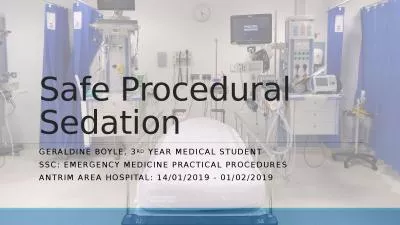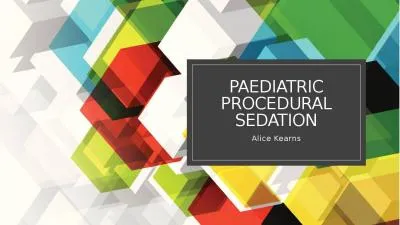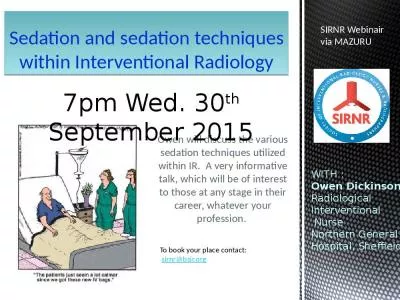PPT-Pediatric ABR testing without sedation? Is it possible?
Author : harper | Published Date : 2022-06-11
Jane M Sebzda AuD CCCA FAAA Senior Audiologist Childrens Hospital of Wisconsin Masters Family Speech and Hearing Center 1 Dont become a dinosaur Change to Pediatric
Presentation Embed Code
Download Presentation
Download Presentation The PPT/PDF document "Pediatric ABR testing without sedation? ..." is the property of its rightful owner. Permission is granted to download and print the materials on this website for personal, non-commercial use only, and to display it on your personal computer provided you do not modify the materials and that you retain all copyright notices contained in the materials. By downloading content from our website, you accept the terms of this agreement.
Pediatric ABR testing without sedation? Is it possible?: Transcript
Download Rules Of Document
"Pediatric ABR testing without sedation? Is it possible?"The content belongs to its owner. You may download and print it for personal use, without modification, and keep all copyright notices. By downloading, you agree to these terms.
Related Documents

